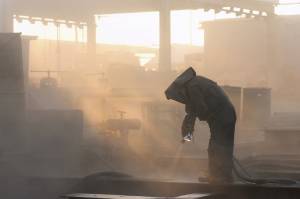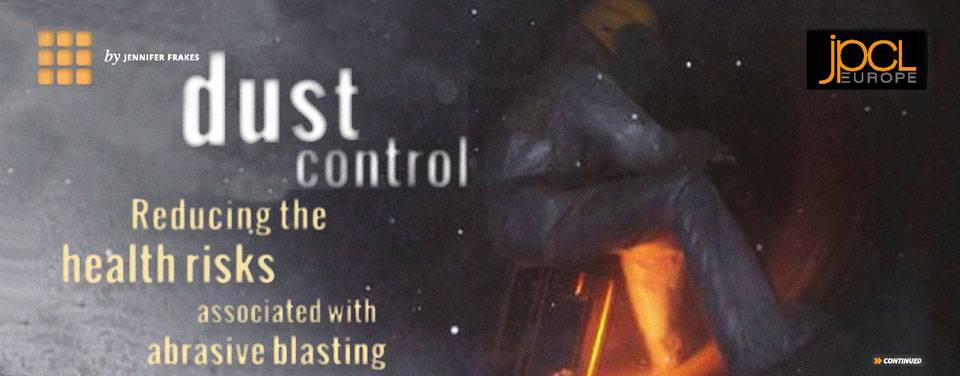As it stands today, ordinary abrasive blasting substitutes continue to get hit hard by regulatory bodies around the world as well as by public interest groups due to associated health and environmental risks and impacts.
Unfortunately, reducing exposure limits to hazardous airborne particulate (HAPS) is more complicated to do than by simply enlisting Personal Protective Equipment (PPE). In fact, using PPE alone is actually contradictory of the printed guidelines of many government-based health and safety entities.
PPE Is a Last Resort for Abrasive Blasting Safety, Not the First
Many governing bodies around the globe are searching for smarter technologies when it comes to abrasive blasting because they continue to struggle with the negative impacts of conventional techniques. So, they are advocating that standards be established and followed by abrasive blasting users in order to ensure the safest application practices—and PPE is almost always a last resort.
For example, Queensland, Australia’s “Abrasive Blasting Code of Practice,” states that when it comes to traditional abrasive blasting, the best possible safety measure choices are as follows:
 1. Elimination, which eradicates a hazard by removing the associated risk.
1. Elimination, which eradicates a hazard by removing the associated risk.
2. Substitution, which replaces a substance or a process with one that has less potential to cause injury.
3. Isolation/Engineering, which changes the work environment or process to come between the worker and the risk.
4. Administration, which, although near the bottom of this hierarchy, is the solution that reduces risk by upgrading training, changing rosters or employees, or other administrative actions.
Then, and only if the previous four measures are unavailable, the Abrasive Blasting Code of Practice, like many others, recommends PPE uses as a final option. According to this Code, “Administrative control measures and PPE rely on human behavior and supervision, and used on their own, tend to be least effective in minimizing risks.”
Ultimately, organizations worldwide are seeking safer abrasive blasting methods, interested in eliminating, substituting, or isolating traditional techniques in an effort to better protect their environment and workers.
Are you involved in a project that will require abrasive blasting? Are you concerned about the possible health and environmental risks associated with this practice?
To protect those working in or exposed to abrasive blasting environments, contact Sponge-Jet today to learn more about our proprietary, clean, dry, low-dust, reusable technology that can help you efficiently blast while protecting what’s most important—the environment, your assets, your workers health, and your bottom line.
For more detailed information on this subject, review the article by clicking here.








